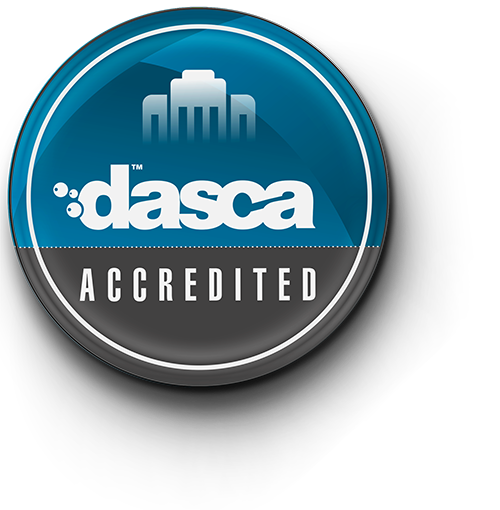
Have questions about DASCA accreditation? Here are answers to the most frequently asked questions to help you understand the process, requirements, and benefits of accreditation.
Any public or private university, degree-granting vocational college, or institution offering data science-related programs is eligible, provided they meet DASCA’s norms for academic intent, quality, excellence, and reputation.
Yes. While DASCA prefers programs with at least two years of operation and established alumni networks, high-potential new programs—such as those shortlisted under the World Data Science & AI Initiative (WDSAI)—are also eligible.
Applications are evaluated based on an institution’s intent, readiness, and capability to align with DASCA standards, as well as their plan to integrate DASCA certification curricula within one year of accreditation.
DASCA’s accreditation process includes application submission, validation, multi-stage evaluation, and final decision. All steps are managed digitally through the DASCAnet portal.
The process typically takes 4–8 weeks, depending on the track chosen (Standard or Accelerated) and the completeness of documentation.
The Standard track involves a comprehensive multi-stage assessment, while the Accelerated track is a faster two-stage process available for institutions that have already demonstrated strong academic practices and are ready to quickly align with DASCA’s rigorous standards.
Accreditation enhances an institution’s reputation, aligns its programs with global standards, and improves student outcomes. It also supports institutions in embedding DASCA certifications and expanding collaboration opportunities.
Students gain access to industry-relevant, vendor-neutral curricula and earn globally recognized credentials, giving them a competitive edge in the job market.
Accredited institutions are expected to maintain alignment with DASCA standards, integrate DASCA certifications into their programs, and demonstrate continuous improvement.
DASCA accreditation is valid for six years. Institutions must reapply and demonstrate compliance with updated standards to maintain accreditation.